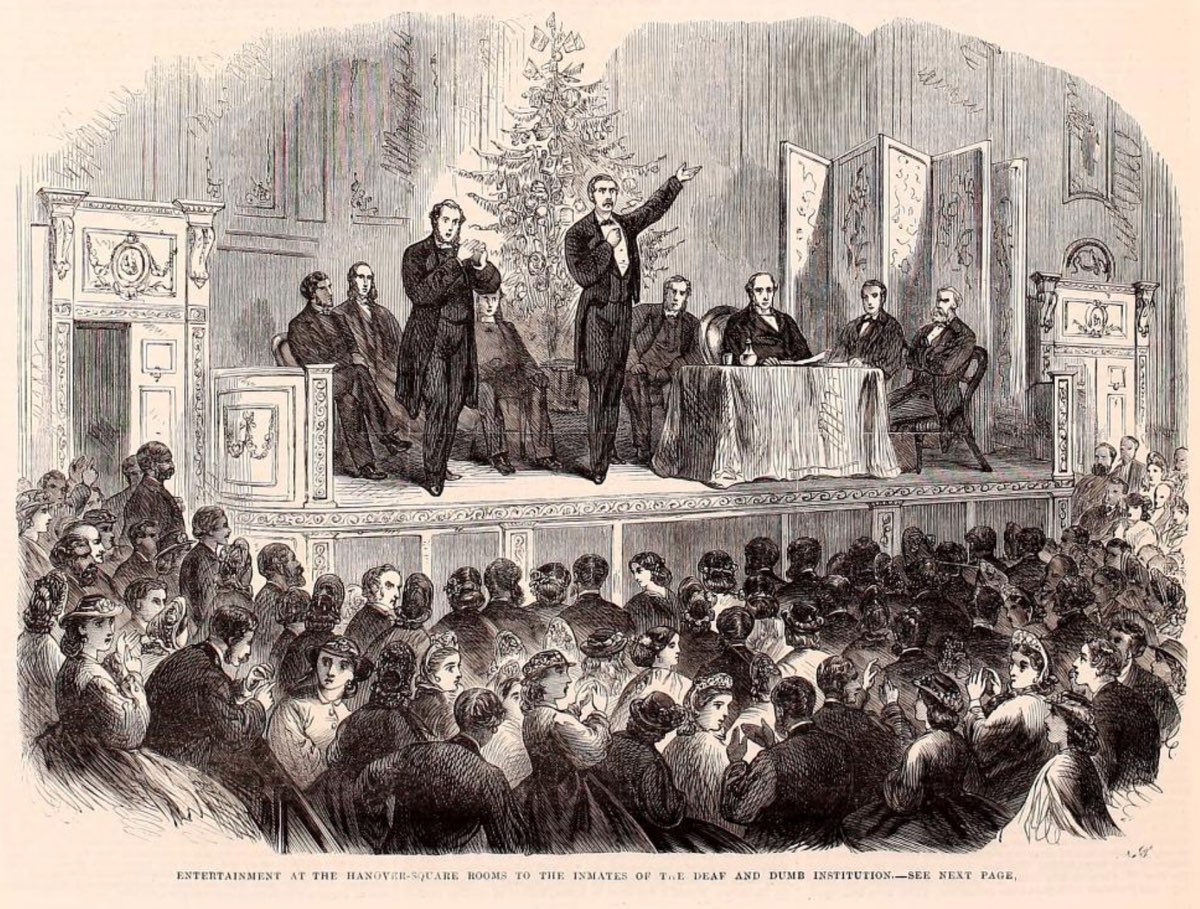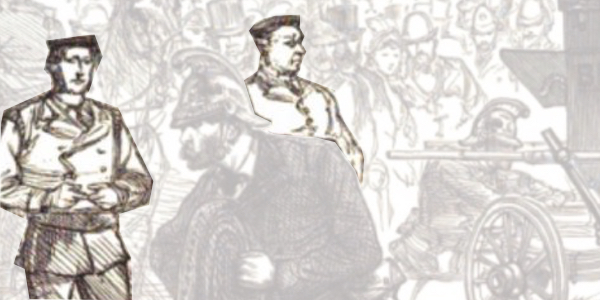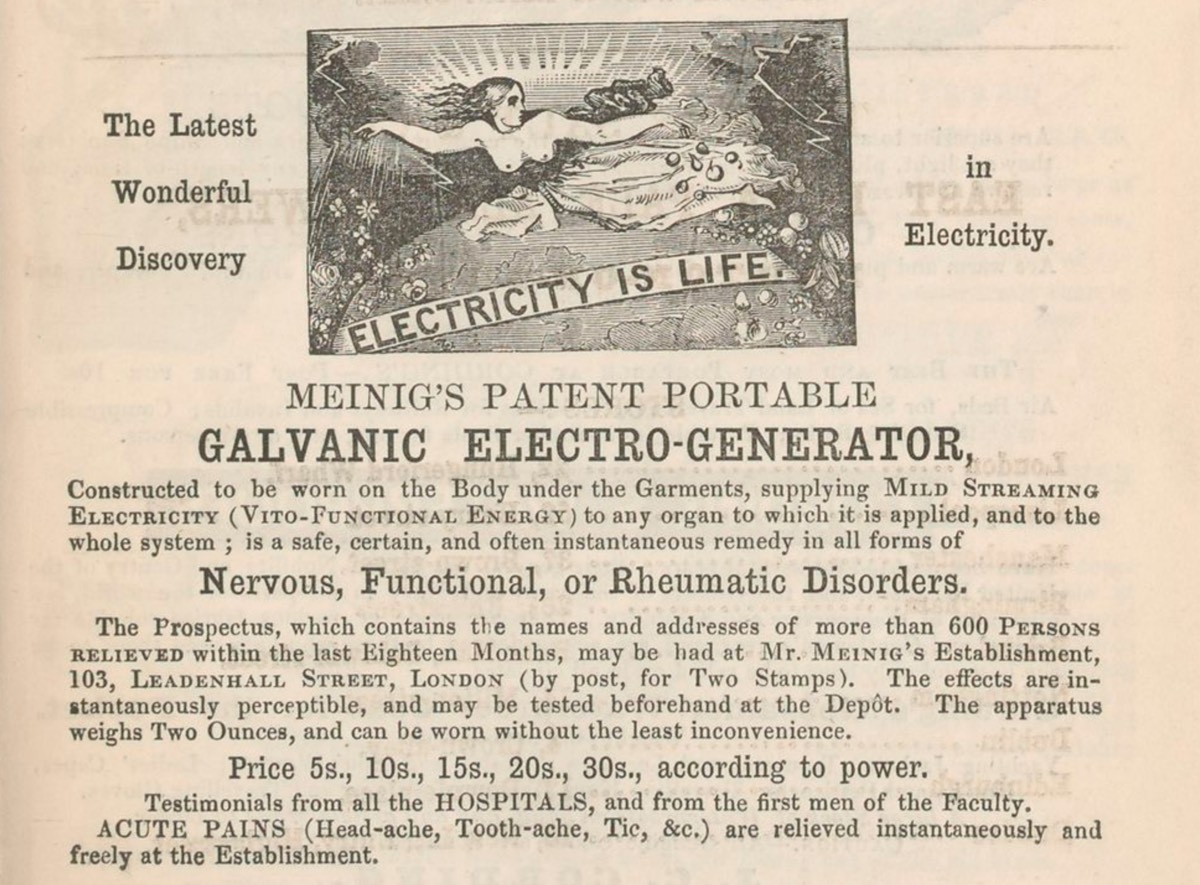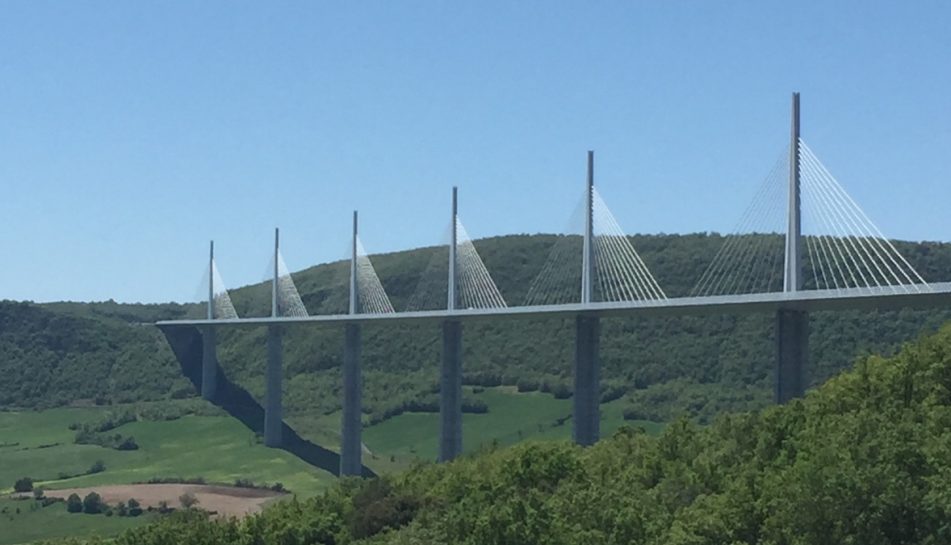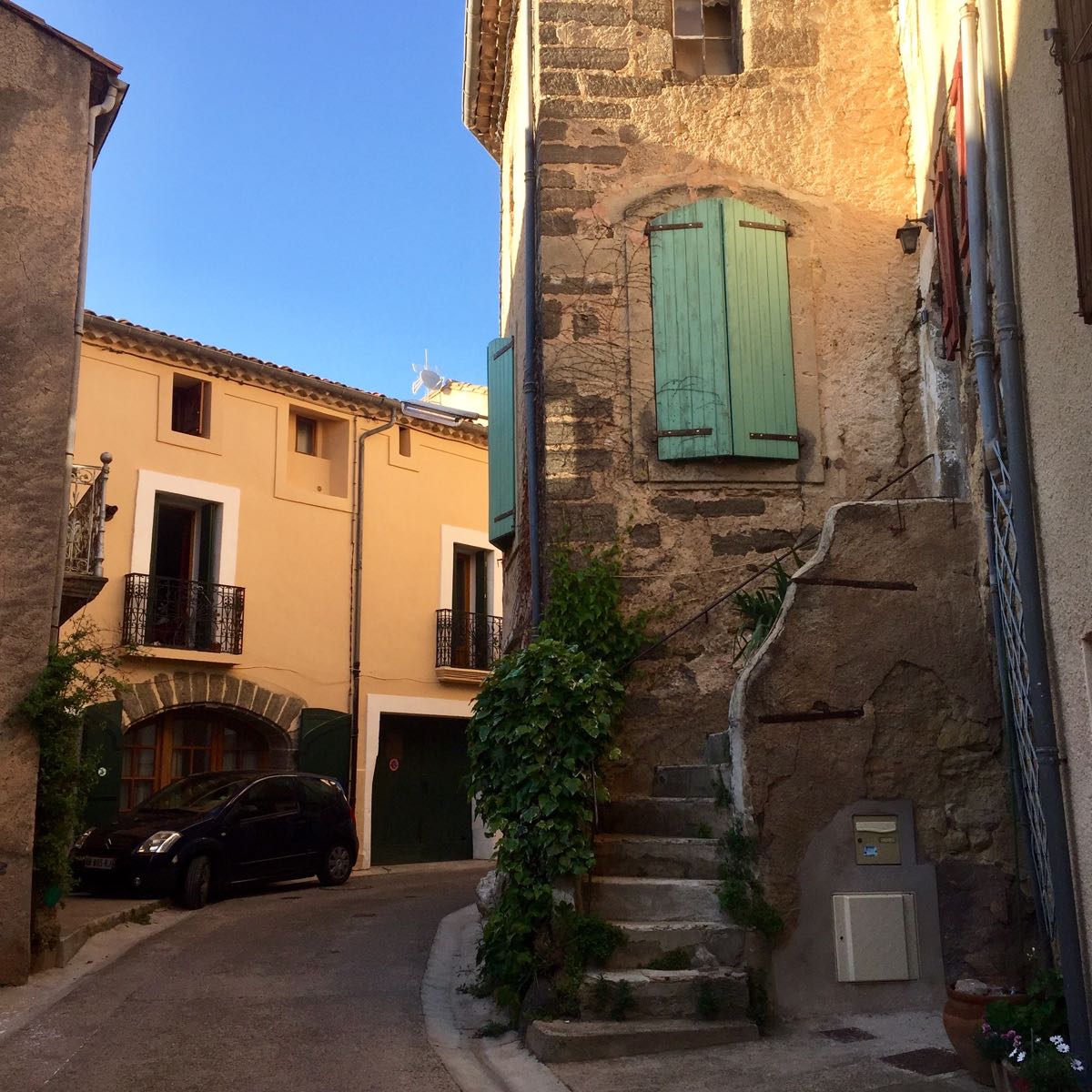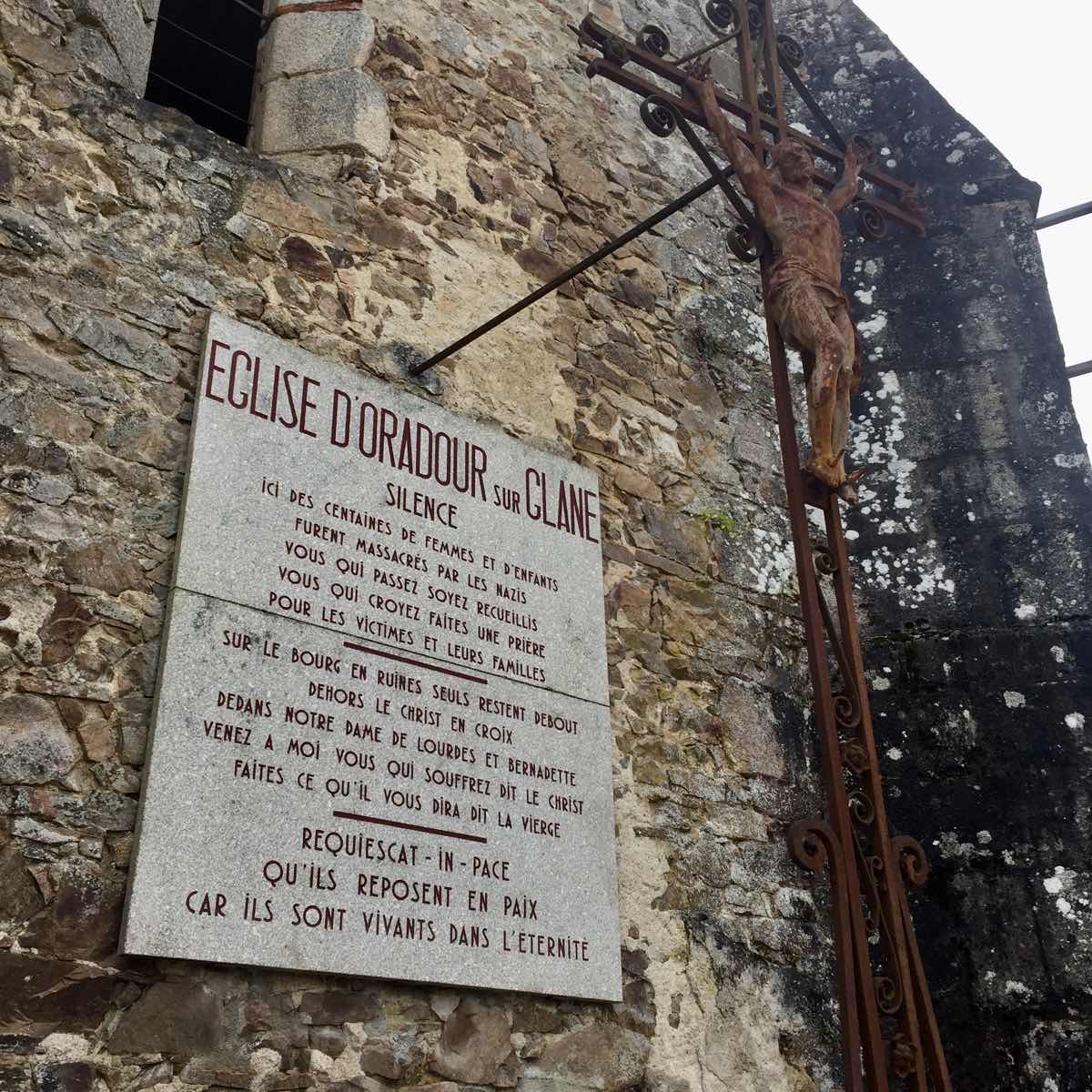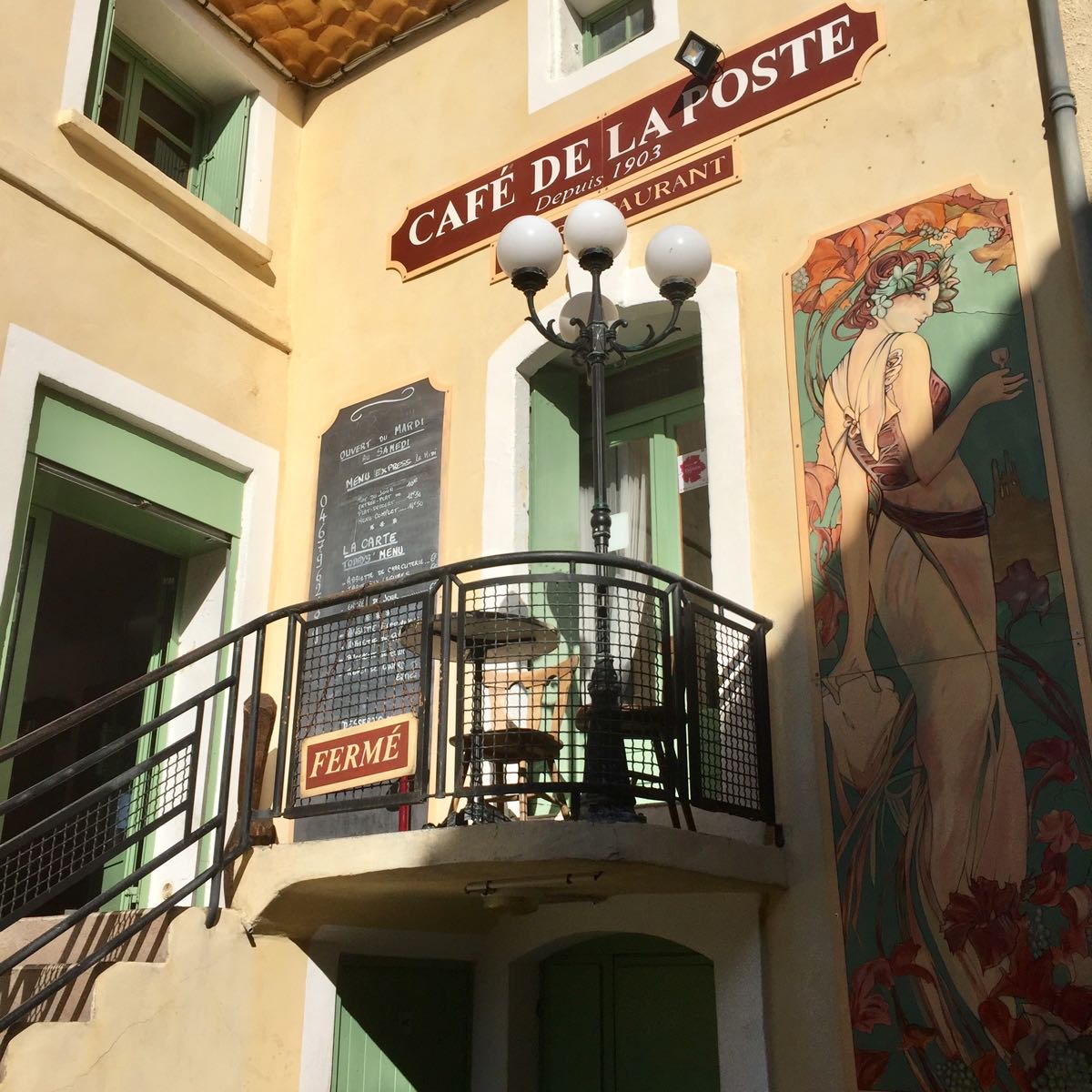Günter raised one eyebrow in quizzical astonishment and I could’ve sworn there was the hint of a Teutonic smile.
“The Bonneville?” he asked, making it sound more like an accusation than a question. I wondered if he thought he was missing some peculiar subtlety of British humour. Maybe he figured the joke would be on me.
“The Bonneville,” I repeated with a façade of certainty. Günter said nothing more. His jacket lay across the saddle of a new R1200 GS Adventure and he marched off towards it. Outside, the temperature had already risen beyond ‘slow roast’ for everyone in bike gear and would stay in the high 30s centigrade all day.
I’d met Günter and his enigmatic wife, Elke, the evening before at my hotel. He was a commanding, fair-haired figure with a powerful 6’6 frame like a rugby lock forward. She was petite, with a delicate grace and bone-dry wit. Their ages were hard to judge – late 40s I guessed – and they both appeared rather stern at first, but their seriousness concealed a gentle shyness and intense curiosity. Quick to laugh, friendly and generous, I liked them immediately.
They’d driven seven hours from Northern Germany to be there for Austria’s first ‘Top of the Mountain Biker Summit’ taking place that weekend. Over dinner, we heard about a ride being organised to explore some of the most iconic Tyrolean mountain passes in a 270 km loop. Through the combined efforts of my rusty German, Günter’s limited English and Elke’s concise sign language, we agreed to tag along. Which is how we all came to be at the High-Bike Testcenter in Ischgl on a sun-drenched Friday morning in August.
Having had the pick of around 50 motorcycles from BMW, KTM, Triumph and Ducati, I’ll admit I hadn’t made the most obvious choice, but for years I’d been harbouring a little ambition to ride a Bonneville and this seemed like too good an opportunity to miss. It was only the base model, and it started with more of a reluctant wheeze than a potent roar, but it was mine to play with for the day.

Ischgl straddles the banks of the glacier-fed Trisanna River and is one of four major ski resorts in the Paznaun Valley. Like all its neighbours, it’s an affluent, pretty little place – all overhanging gables, shuttered windows, shingles and hand-painted murals. Bartenders still wear lederhosen, waitresses still take pride in their dirndls and most of the shops still close on Sundays. During the summer months the Central Eastern Alps that surround the Valley are popular with walkers, climbers and cyclists, but Ischgl has to work hard to keep the tourists coming. Its striking logo, which wouldn’t look out of place on tour with Iron Maiden, was designed to differentiate Ischgl from the similar-sounding Bad Ischl 340 km further East. The village also goes to great lengths to promote its claim to being Austria’s top destination for haute cuisine after Vienna and Salzburg.
Ischgl’s masterstroke though is the “Silvretta Card” – issued free on request to everyone that stays overnight in the area. It represents a cooperative of local businesses and gives visitors free use of all the cable cars, chair lifts and public transport, free admission to swimming pools, waterparks and museums, and, most importantly, toll-free use of the Silvretta-Hochalpenstraße and discounted motorcycle hire at the High-Bike Testcenter. Not that this kind of inclusive ‘Golden Ticket’ is unique to Ischgl or even to Austria of course. There are five others available across the Vorarlberg region alone, Carinthia has its “Kärnten Card” and most tourist-savvy cities have their own variation. They’re certainly worth having and can save you a small fortune if you’re staying in one area for a period of time, but bear in mind they don’t all come as a free perk with accommodation.
“Do you know the way?” I asked Günter, raising my voice over the impatient idle of the engines. We were due to rendezvous with our fellow riders at the event’s “Biker Village”. Günter’s expression suggested he didn’t have a clue either, but he gesticulated for me to follow his lead. Elke climbed into the pillion seat behind him and we set off – only to be dismounting again a hundred metres later. Finding the Hexenküche (Witches’ Kitchen) bar and café turned out to be less of a navigational challenge than expected. We slated our hard-earned thirsts with iced water and disappointing cappuccinos and waited for others to arrive.

A blue and silver R1150GS with an Austrian plate was the first to swell our ranks. It had the patina of a motorcycle likely to be owned by a traveller of some experience and Markus proved to be exactly that. He was as articulate in English as his native tongue, brimming with enthusiasm and entirely without pretentions. The combination of his calm, considerate nature and admirable riding skills would earn him unanimous respect before the day was out.
Juergen was the next to roll in on his gleaming white R2100T – a motorcycle well suited to long days on the Autobahn for a raconteur of his proportions. He was a jolly fellow with an easy laugh and a journalist’s talent for observation. Everyone warmed to him right away. Then there was Uwe, sporting a fine handlebar moustache aboard his bright yellow R1200S with colour-coordinated leathers, closely followed by Rene on a handsome MV F4R. Tall, bald and robustly built, he wore a permanent frown that implied a safe distance should be maintained at all times. The happy-go-lucky middle-aged couple that turned up on a Virago 1100 couldn’t have been more of a contrast. They had matching jackets with matching tassels and matching open-face helmets. I never did catch their names.
Our shepherds for the day, Luggi and Frank, were the last to make an appearance. Luggi was a wiry, chain-smoking character of advancing years from the neighbouring Paznaun village of Galtür. The owner of a biker-friendly hotel that bears his name, he leads alpine motorcycle tours and takes great pride in his encyclopaedic knowledge of the area. His passion for the mountains and the joy of riding the ribbons of discovery that interlace them was infectious. Frank, meanwhile, had been drafted in at short notice to act as sweeper. In his early 30s, and showing little interest in the rest of us, he rode a Thunderbird Storm and had brought his glamorous girlfriend along for pillion company.
As we suited-up and prepared to depart, Luggi was exuberant in briefing our cast of characters about his plan for the day. Whatever he said, it went down well. So did the theatrical nods in the direction of the plucky Bonneville, dwarfed between its Bavarian cousins, and the whispered mentions of “der Engländer.” I didn’t catch every word by any means, but the gist seemed to be that Günter wasn’t the only one with doubts about my choice of motorcycle and its ability (or perhaps mine) to keep up. Time would tell.
With Luggi setting an unforgiving pace at the front on his Goldwing, Frank bringing up the rear, and everyone else restless to find their place in the pecking order of our eclectic convoy, two things quickly became clear during the first kilometres on the road: Austrians take a dim view of elegant margins of error in overtaking manoeuvres; and I’d forgotten how much I dislike riding in a group. Nonetheless, it was glorious to be moving at speed through such a dramatic landscape and refreshed by the cooling air rushing through open vents.
We left the Silvretta Straße at Wiesberg, turning right on to a narrow mountain road that provided an early taste of the steep switchbacks we’d enjoy throughout the day. It also gave me the first real chance to test the handling of the Bonneville and the grip of its Metzeler boots, both of which were more than up to the task. Past Tobadill, we stopped to admire the south-facing grandeur of Dawinkopf and Simeleskopf, before descending again to Imst. There our route headed north-west towards the Lech River Valley at Elmen via the 29 km Hahntennjoch pass. Open and winding, the exhilarating Hahntennjoch lent itself to fast, flowing progress despite boasting grades of almost 19 percent in places. Its summit, at 1,894 metres, offers a welcome break for refreshment and photos.

Onward to Warth, where the Tyrol gives way to the Vorarlberg and the German border is only a stone’s throw away. The alpine vistas continued their relentless assault on our senses – tempting us to divert our eyes from the road as we negotiated countless sweeping curves, cloistered tunnels, tight hairpins, unexpected gravel and occasional detours on forest single-track. The many villages we passed through were immaculate and charming without exception. Summer flowers hung in baskets from every balcony, fairy tale steepled and onion-domed church towers punctuated every skyline, and there was artistry in the log piles beside every cabin.
Somewhere along that road our merry band found its rhythm and without conscious effort began riding in easy harmony. Easy, that is, apart from the unpredictable and often dangerous cornering of the Virago that had settled into position ahead of me for the last 50 km. By the time we’d passed through Au and were heading south again, my patience had worn thin. Finally ditching any pretence of courtesy, I left the tassel-clad couple behind on yet another steep and twisty ascent through a narrow forest section.
That turned out to be a perfectly timed separation, because up ahead Luggi was having a bright idea. Rather than following the main road from Au to Bludenz, he decided to add another 25 km to the ride and lead us over the Furkajoch Pass. Judging by the broad smiles and excited chatter when we made a pit stop at the summit, everyone was delighted he had. For both scenery and sheer riding pleasure, the Furkajoch easily surpassed our experience of the Hahntennjoch and I had great fun tearing round its curvaceous rollercoaster of a climb with nobody directly in front to slow me down. Although reticent at low revs, the Bonneville finds its joie de vivre in the mid-range and likes to be ridden assertively. I was all too happy to oblige.
At the top of the Pass, the “Zum Charly” café sits at an elevation of 1,760 metres and does brisk business plying passing bikers with burgers and water “mit gas.” We took full advantage of its hospitality and its vantage point over the winding road we’d just enjoyed. And then taciturn Frank surprised me. Wandering over to where I stood beside the bike, he was eager to explain (in good English nobody realised he had) how much the Triumph had impressed him with its turn of speed and nimble handling. The Brit had exceeded expectations after all and I couldn’t help but feel proud on its silent behalf.
Re-grouping into a more restrained procession on the far side of the Furkajoch, everyone’s fidgeting betrayed our growing fatigue. But the Silvretta-Hochalpenstraße was now only 70 km away and we relaxed on the comparatively straight roads through Bludenz, allowing imagination to fuel our anticipation of the day’s grand finale: a picturesque ascent through no less than 34 snaking bends to a height of over 2,000 metres.
A set of lights brought us to a brief halt in Gaschurn, just a couple of kilometres from our goal. Markus and Uwe were side by side at the head of the queue and I squeezed in between them. Both were whooping and laughing like giddy kids at the first glimpse they’d caught of the high alpine road in the near distance – a pale zigzag cutting its relentless path across the pine-covered slopes.
Reaching the tollbooth at the foot of the pass, gloved hands fumbled in haste for the Silvretta Cards we all carried and the woman behind the glass waved us through with an understanding smile. Some of us pulled over a little way ahead to stretch our legs, but then I spotted Juergen whizz past – closely followed by Günter and Elke. Figuring they planned to lay in wait near the top to photograph the group, I signalled to Luggi that I was following suit.
It took only a few minutes to reach them at the 23rd bend, but those were among the most vivid and adrenalin-charged minutes of the ride. I had the road entirely to myself and wrung every last drop of fun I could from it. Without a doubt, it’s the kind of road that deserves to be ridden repeatedly in both directions – then ridden some more.

Not that the fun stops there. The other 11 bends aren’t exactly dull and neither are the spectacular views that change with every twist and turn. Then at the top of the pass, one last surprise: the turquoise Silvretta-Stausee reservoir leading your gaze toward the Piz Buin glacier on the Swiss border. Time is your enemy in places like this. There’s never enough of it.

In Paznaun once more, and descending again, the Silvretta Straße threads its way through Wirl, Galtür and Mathon before finally returning to Ischgl, where seven hours earlier a collection of strangers had first met at the Witches’ Kitchen. Mixed together in the cauldron of the Alps, those strangers had now become friends, with shared memories and shared respect. Such is the magic of the road.
(This article was first published in Issue 14 of Overland Magazine, 2016.)
